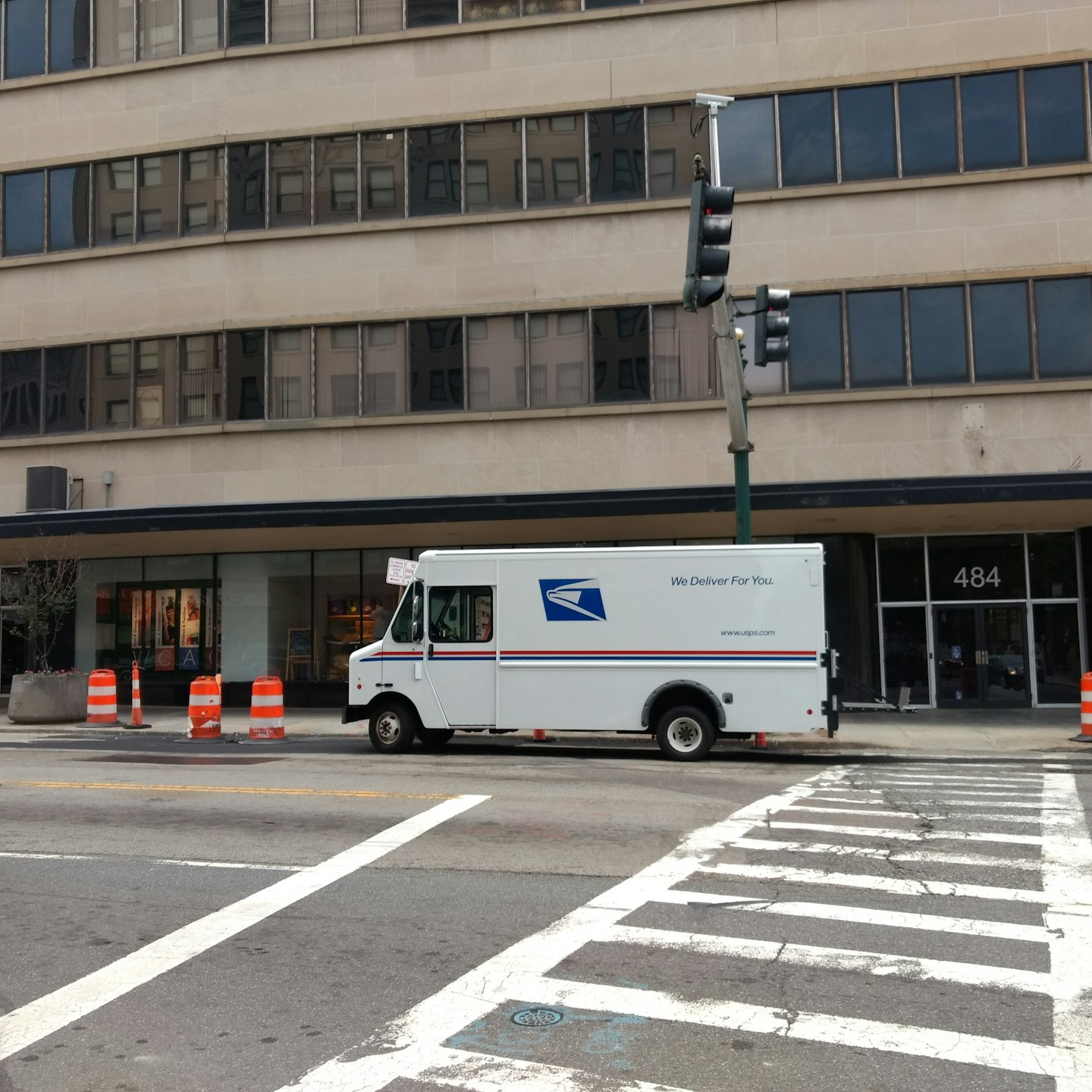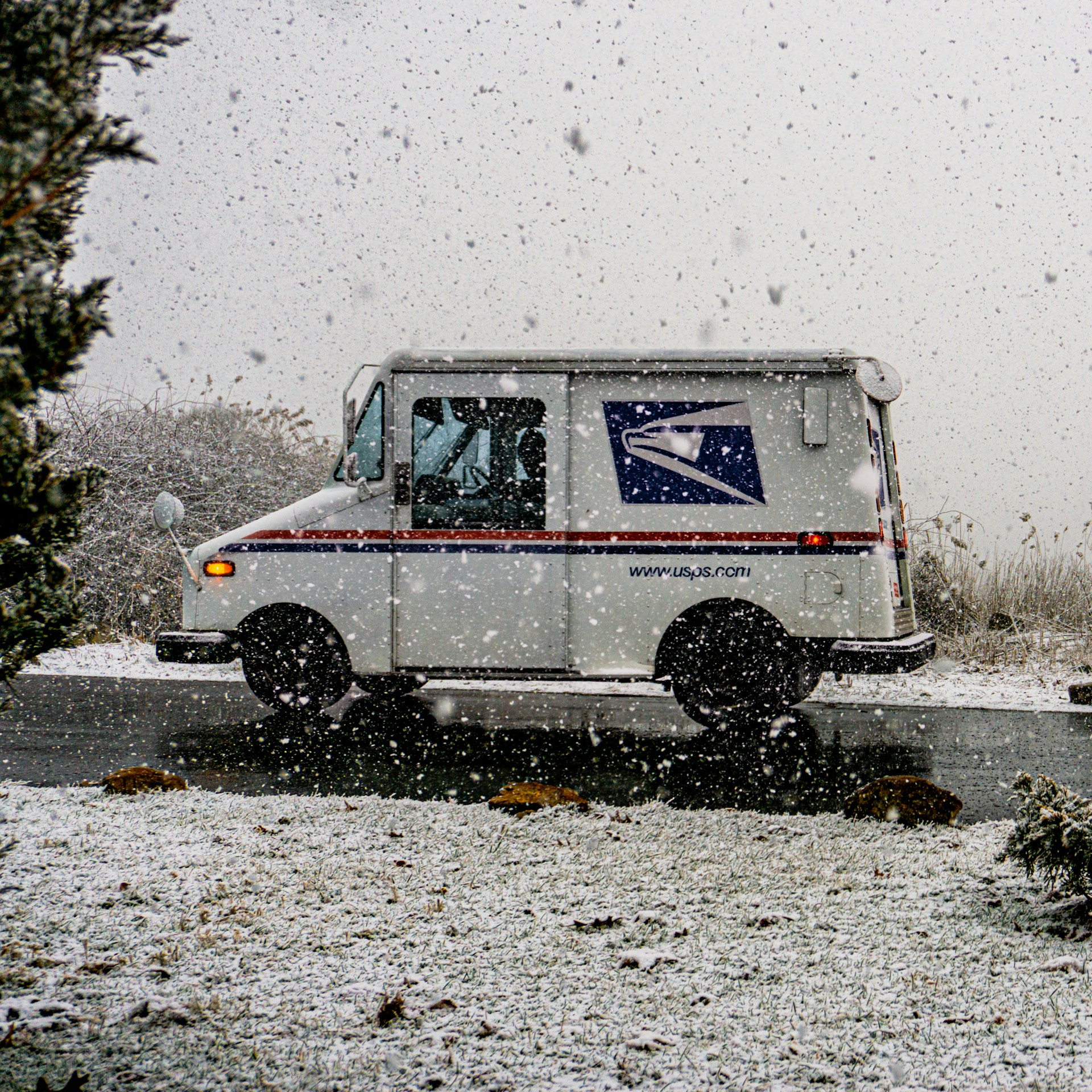Key Takeaways
-
If you’re already enrolled in a Postal Service Health Benefits (PSHB) plan and eligible for Medicare, you likely do not need to buy a Medicare Supplement policy. PSHB is designed to work in tandem with Medicare Parts A and B, providing robust cost-sharing protections and integrated drug coverage.
-
Medicare Supplement plans often duplicate benefits you already get through PSHB. In most cases, this means you would be paying extra for very little added value, especially in 2025 when PSHB plans offer additional perks for Medicare enrollees.
Understanding the Role of PSHB in Retirement
The PSHB program in 2025 replaces the Federal Employees Health Benefits (FEHB) Program for all Postal Service workers and retirees. Designed exclusively for USPS participants, PSHB offers comprehensive health insurance with better coordination with Medicare for those age 65 and older.
As a retiree or an active USPS employee nearing retirement, you’re likely evaluating whether PSHB alone is enough or if you should add a Medicare Supplement (also known as Medigap). That question deserves close scrutiny—because buying a Medigap policy when you’re already covered by PSHB could lead to unnecessary expenses and limited added benefit.
What a Medicare Supplement Does
A Medicare Supplement plan is a private insurance policy that fills the “gaps” in Original Medicare coverage—deductibles, coinsurance, and copayments. It does not include prescription drug coverage and does not work with Medicare Advantage plans.
These plans are standardized and regulated, but they’re optional. While they’re popular among beneficiaries who only have Original Medicare, they’re generally redundant for PSHB enrollees who also have Medicare.
PSHB Already Works Seamlessly With Medicare
Here’s why PSHB often makes a separate supplement unnecessary:
Coordination of Benefits
-
PSHB plans are built to coordinate with Medicare Part A (hospital insurance) and Part B (medical insurance).
-
When you have both, Medicare pays first, and PSHB typically covers the remaining out-of-pocket costs like copayments and deductibles.
Prescription Drug Coverage
-
Unlike Medigap, PSHB includes integrated Medicare Part D drug coverage.
-
As of 2025, this includes the $2,000 annual out-of-pocket cap for prescriptions, removing the need for a standalone Part D plan.
Lower Out-of-Pocket Costs
-
Many PSHB plans offer reduced or even waived deductibles and coinsurance if you’re enrolled in both Medicare A and B.
-
You benefit from dual coordination that can significantly lower your medical expenses without an added policy.
When PSHB Offers Better Value Than Medigap
Here are situations in which sticking with PSHB gives you more peace of mind and cost-efficiency than adding a Medigap plan:
1. You’re Already Paying for Comprehensive Coverage
-
With Medicare and PSHB, you likely already have full coverage for hospital and medical services.
-
Adding a supplement would duplicate this protection without expanding your actual benefits.
2. PSHB Includes Part D Drug Benefits
-
Medigap plans do not cover prescriptions. PSHB does—through an integrated Medicare Part D EGWP (Employer Group Waiver Plan).
-
In 2025, this includes insulin caps, expanded pharmacy access, and the new payment-spreading option for high-cost drugs.
3. You’re Eligible for Cost-Saving Features
-
If you retired before January 1, 2025, or meet one of the exemption categories, you’re not required to enroll in Medicare Part B. But if you do enroll, PSHB enhances your coverage.
-
Some plans waive deductibles, offer Part B premium reimbursement, or provide enhanced care coordination.
How PSHB Handles What Medigap Promises
Let’s explore how PSHB already includes features commonly marketed in Medigap policies:
Hospital Stays
-
Medicare Part A covers up to 90 days per benefit period, with coinsurance starting after day 60. PSHB typically picks up those coinsurance charges.
-
Lifetime reserve days are also covered when applicable.
Outpatient Services
-
Part B covers 80% of approved outpatient costs; Medigap plans cover the rest.
-
With PSHB, your plan usually pays the remaining 20% after Medicare pays its share.
Skilled Nursing and Rehab
-
Medicare covers limited days in a skilled nursing facility. Medigap fills in after Medicare’s initial period ends.
-
PSHB plans often mirror or exceed this level of support through coordination.
Excess Charges
-
Some Medigap plans cover Part B excess charges. PSHB plans often eliminate the need to worry about these by capping provider costs or maintaining negotiated networks.
Common Misunderstandings About Medigap With PSHB
You may still hear conflicting advice suggesting that Medigap is always necessary. In 2025, that’s rarely the case for Postal retirees. Here’s why:
Myth: You need Medigap to avoid unexpected bills.
Fact: If you’re enrolled in both Medicare and PSHB, your plan already absorbs most of those potential costs.
Myth: Medigap provides better drug coverage.
Fact: Medigap doesn’t offer drug coverage at all. PSHB integrates Part D benefits tailored to Medicare users.
Myth: Medigap gives you better access to providers.
Fact: PSHB plans include broad national networks, and Medicare’s access standards still apply. You’re not limited to a narrow HMO network.
What to Do Before Buying a Supplement
If you’re considering a Medicare Supplement, take the following steps first:
-
Review your PSHB plan brochure for how it coordinates with Medicare. Look specifically for cost-sharing, Part B incentives, and coverage after Medicare pays.
-
Check if you’re eligible for added PSHB benefits by virtue of Medicare Part B enrollment.
-
Do a side-by-side comparison of what you gain from Medigap vs. what you already receive.
-
Factor in cost: Medigap premiums are paid in addition to Medicare Part B premiums and your PSHB premium. You may be paying triple for overlapping protection.
Exceptions Worth Considering
There are very few exceptions when a Medicare Supplement might be justified with PSHB. These include:
-
You live abroad full-time and need international coverage not provided by PSHB.
-
You’ve opted out of Medicare Part B despite being eligible. In this case, PSHB may impose higher out-of-pocket costs, and a Medigap plan may fill that gap—if one is available.
Still, in nearly all domestic use cases, especially if you have Medicare A and B, a supplement adds little value.
Making the Most of PSHB in 2025 and Beyond
Instead of paying for another insurance policy, consider optimizing what you already have:
-
Enroll in Medicare Parts A and B if you’re eligible and not exempt.
-
Choose a PSHB plan that reduces or eliminates deductibles and copays when paired with Medicare.
-
Stay informed during Open Season (November to December) so you can switch to a PSHB plan that complements your Medicare coverage.
-
Monitor Annual Notice of Changes (ANOC) from your plan to see if new cost-saving options are being added.
PSHB and Medicare Already Go Far—Let Them Work Together
You’ve earned a strong retirement benefit through your years of USPS service. In 2025, PSHB plans are designed specifically to integrate with Medicare to reduce your out-of-pocket expenses, simplify coverage, and avoid the confusion that comes with managing multiple policies.
In most cases, adding a Medicare Supplement only increases your monthly premiums without providing extra protection. Instead of over-insuring, make sure you’re optimizing the plans already tailored to you. For questions about how PSHB works with Medicare and whether you’re making the most of it, get in touch with a licensed agent listed on this website.













